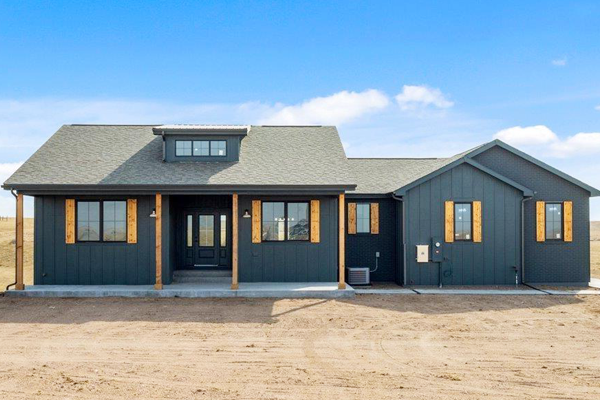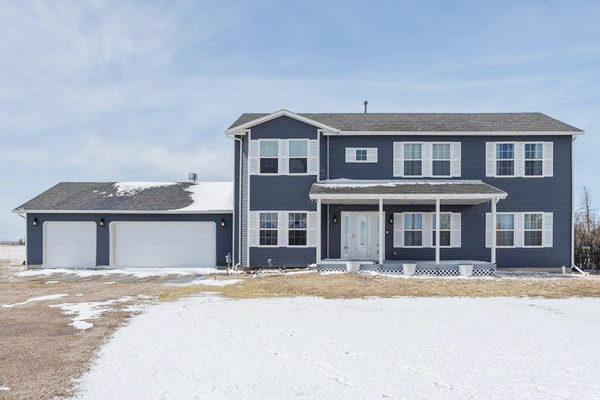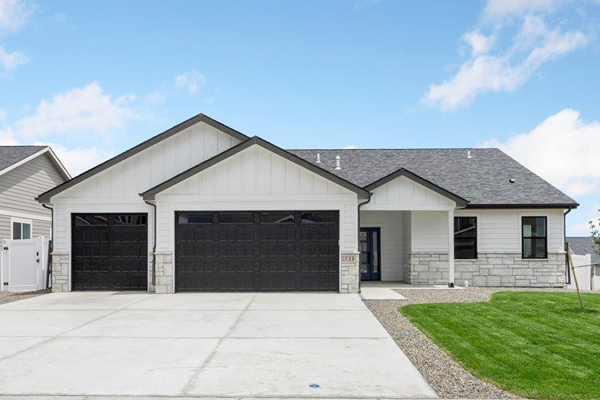Let’s Explore Your Selling Options. I’ll help you sell your home at the price and terms you want. Free Selling Strategy Call
When it comes to selling your home, there’s a crucial decision to make—disclose or not to disclose. Today, we’ll explore the significance of disclosures in the home-selling process and why they matter to you.
1. Age of your home. Firstly, consider whether your home is in an age-restricted community. Such communities often come with specific regulations and restrictions. Whether you’re the seller or the buyer, understanding the implications of an age-restricted environment is essential. Ensure potential buyers are informed about your home’s location in an age-restricted area.
2. Material defects. Disclose any material defects your home may have had and whether they have been repaired. There’s an ongoing debate about whether past structural issues, if fully addressed and sealed by an engineer, need disclosure. While requirements vary by state, transparency is key. In Wyoming, though disclosure forms may not be mandatory, it’s advisable to reveal ongoing material defects, giving buyers a clear picture of what to expect.
3. Environmental factors. Inform potential buyers about environmental factors, such as floodplain status. Disclose details about your home’s sewage system, whether it’s connected to a public sewer, uses a septic tank, or relies on a cistern. Additionally, reveal any history of pets in the home, as allergies can be a significant concern for some buyers.
4. Permitted work by licensed contractors. Provide information on any renovations or repairs carried out by licensed contractors. In certain states, unpermitted work may need to be redone, causing complications during future sales. Buyers want to be assured that the property has been maintained according to regulations.
5. Latent defects. Understand the concept of latent defects—hidden issues not discoverable through ordinary inspections. These defects require disclosure to maintain transparency with potential buyers. Knowing the difference between visible and latent defects ensures a smoother home-selling process.
6. Lead-based paint disclosure. If your home was built before 1978, a lead-based paint disclosure is a national requirement. This form safeguards buyers from potential lead exposure and must be presented during the sales process.
While national requirements exist, state-specific regulations may vary, making it essential to navigate the complexities of the disclosure process. For those in the Cheyenne area with questions about defects, requirements, or the ethical and speedy sale of their homes, don’t hesitate to reach out. You can call us or send an email. We’re here to guide you through the process.
-
Let’s Explore Your Selling Options. I’ll help you sell your home at the price and terms you want. Free Selling Strategy Call
-
What’s Your Cheyenne Home Worth?. Are you thinking of selling your home or interested in learning about home prices in your neighborhood? We can help you. Free Home Value Report
-
Looking for a Cheyenne Home?. Search the entire MLS for your Cheyenne home. Search the MLS
-
Free Real Estate Newsletter. Get our latest Q&A, insights, and market updates to make smarter decisions. Subscribe Now







